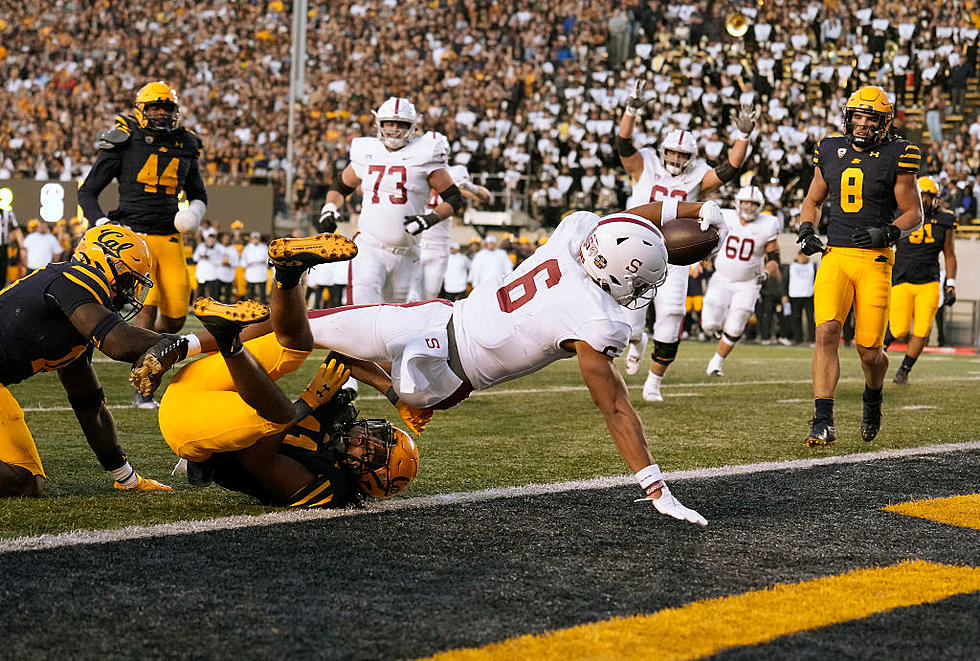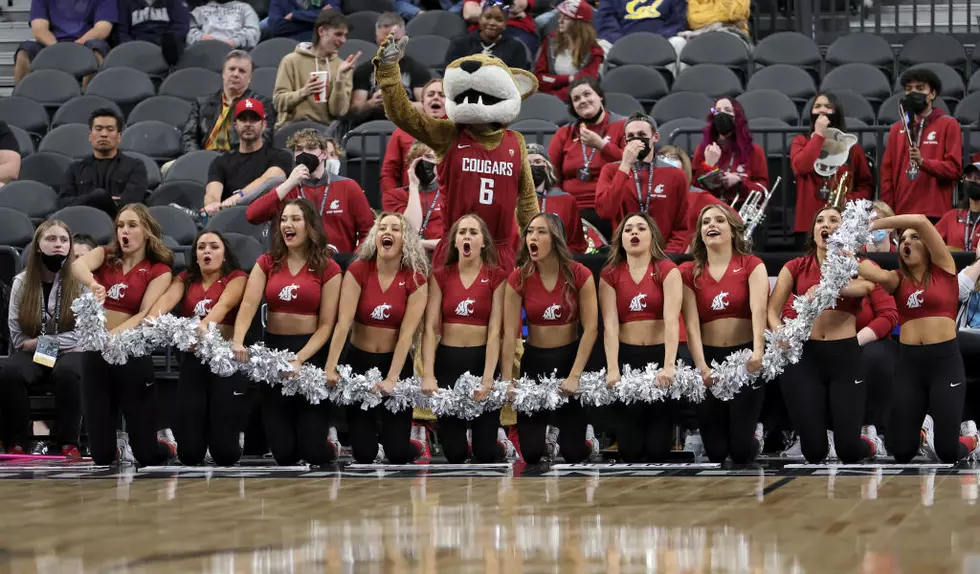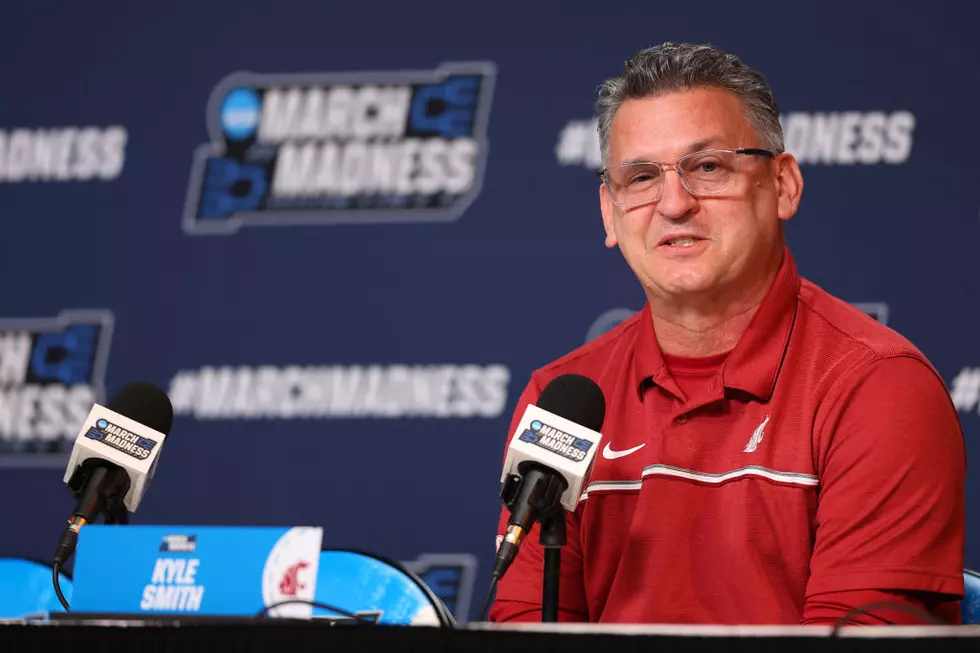
ACC keeps Stanford, Cal in Limbo by not to Voting on West Expn.
The Atlantic Coast Conference presidents chose not to vote Wednesday night on whether to add Stanford and California to the league, keeping the schools in limbo as they look for an escape from the crumbling Pac-12, two people with knowledge of the situation told The Associated Press.
The people spoke on condition of anonymity because the neither the ACC nor the schools were speaking publicly about internal discussions.
Both people stopped short of calling the league’s exploration of westward expansion dead after three days of meetings on the subject, but added that it was clear getting the necessary 12 votes to add the Northern California schools would have been difficult.
The ACC has also been looking at SMU, the Dallas-based school from the American Athletic Conference, as an expansion target.
Cal and Stanford have been searching for a path from the Pac-12 to another Power Five conference for days, also reaching out to officials with the Big Ten, two people with knowledge of that situation said.
The Big Ten has not so far been moved toward adding two more West Coast schools to go along with Southern California, UCLA, Oregon and Washington, which are set to join in 2024.
The two people also spoke to AP on condition of anonymity because the schools' talks with the Big Ten were also not disclosed publicly.
The ACC has 15 schools, with none farther west than Notre Dame in South Bend, Indiana. The Fighting Irish are a football independent but compete in the ACC in most other sports. The ACC's westernmost football school is Louisville.
The ACC is searching for ways to generate more revenue for its schools while being locked into a media rights contract with ESPN that runs though 2036.
The ACC's most recent average distribution per school was just under $40 million, fourth most among Power Five conferences, and the Southeastern Conference and Big Ten are about to take a leap forward as new television deals kick in next year.
Bringing in Stanford and Cal could bring two more full shares from ESPN, but the schools would likely receive only partial payouts with the incumbent schools sharing the rest. Oregon and Washington agreed to receive about half of what other Big Ten schools will receive from the conference when they agreed to join last week.
The ACC might also see an increase in value of the ACC Network by adding large markets like the California Bay Area and North Texas.
But how the ACC splits the pie has been a contentious topic in the conference. Florida State's president went so far as to say the school would be forced to leave the league without radical change — which is easier said than done.
Breaking the ACC's grant of rights, which hands each school's media rights to the conference, could cost hundreds of millions of dollars.
As for the Pac-12, it has only four schools committed beyond this season. While Cal and Stanford have drawn some interest from another Power Five conference, the outlook for Oregon State and Washington State has been even less optimistic.
Earlier Wednesday, Washington State athletic director Pat Chun unloaded on the recent leadership of the Pac-12, which has lost six schools over the last two weeks after failing to secure a media rights deal that provided revenue and exposure comparable to the other Power Five conferences.
Colorado, Arizona, Arizona State and Utah have all announced they will leave the Pac-12 for the Big 12 after this school year.
“I think it’s been well documented that the last couple of weeks was a culmination of years of failed leadership, vision, failed implementation,” Chun said. “It isn’t one singular thing that led to the destruction of the Pac-12 as we know it. It was a bunch of decisions and failed strategies that put us in this place. That’s unfortunate because the ones who lose out on that are the student-athletes that go forward.”
Both the Mountain West and American Athletic Conference are interested in adding Washington State and Oregon State, but neither of those non-Power Five leagues would be able to provide nearly the same level of revenue those schools have been getting in the Pac-12.
Washington State is facing an $11 million deficit in athletics.
“We are Power Five school. Our performance indicates that we are a Power Five school. We’re going to do our best to continue to compete at that level. And that’s really our goal going forward,” Chun said.
Washington State President Kirk Schulz said in an interview with ESPN on Wednesday the school has been in conversations with the Mountain West and that may turn out to be the Cougars' best option.
“Economics have never impacted our ability to perform at Washington State. I think one of our staff members very acutely pointed out to me that nothing has changed for Washington State,” Chun said. “We continue to battle against schools that have higher resources than us. We continue to battle against what people determine we should be based on the size of our TV market. And that has not changed for Washington State and we’ll continue to battle.”
More From 1460 ESPN









